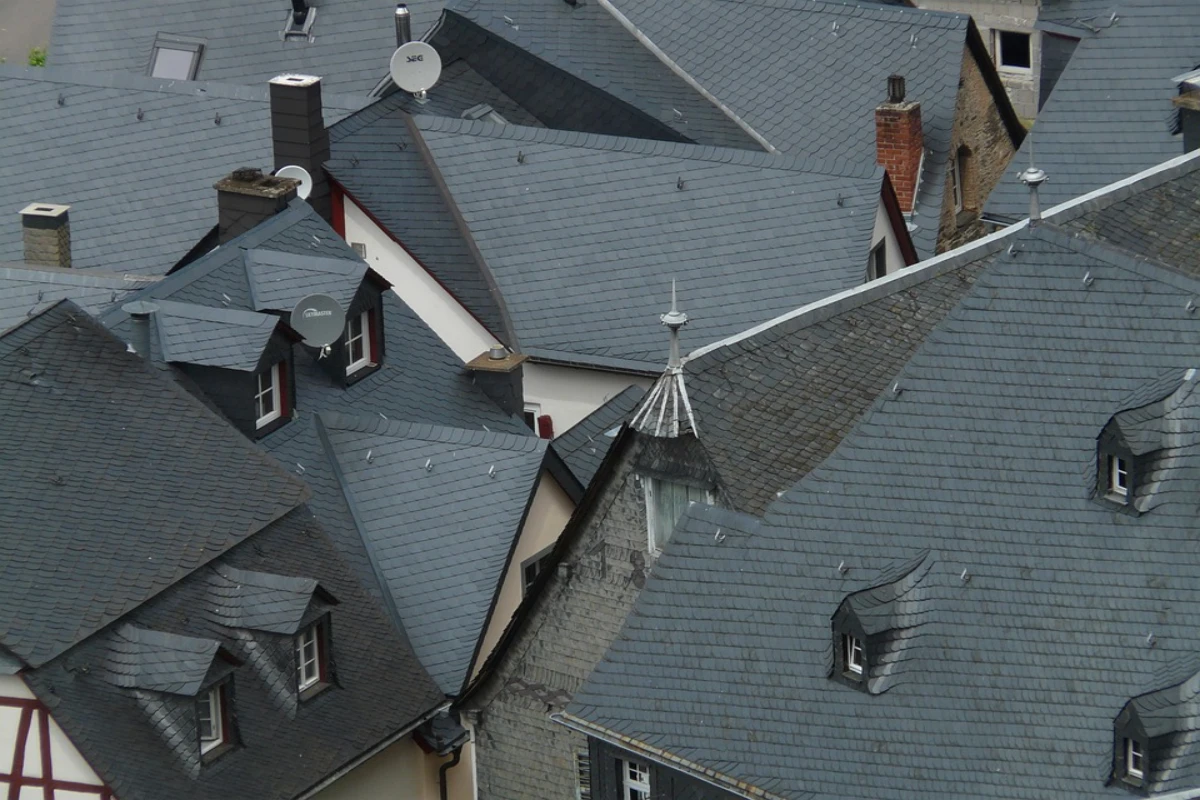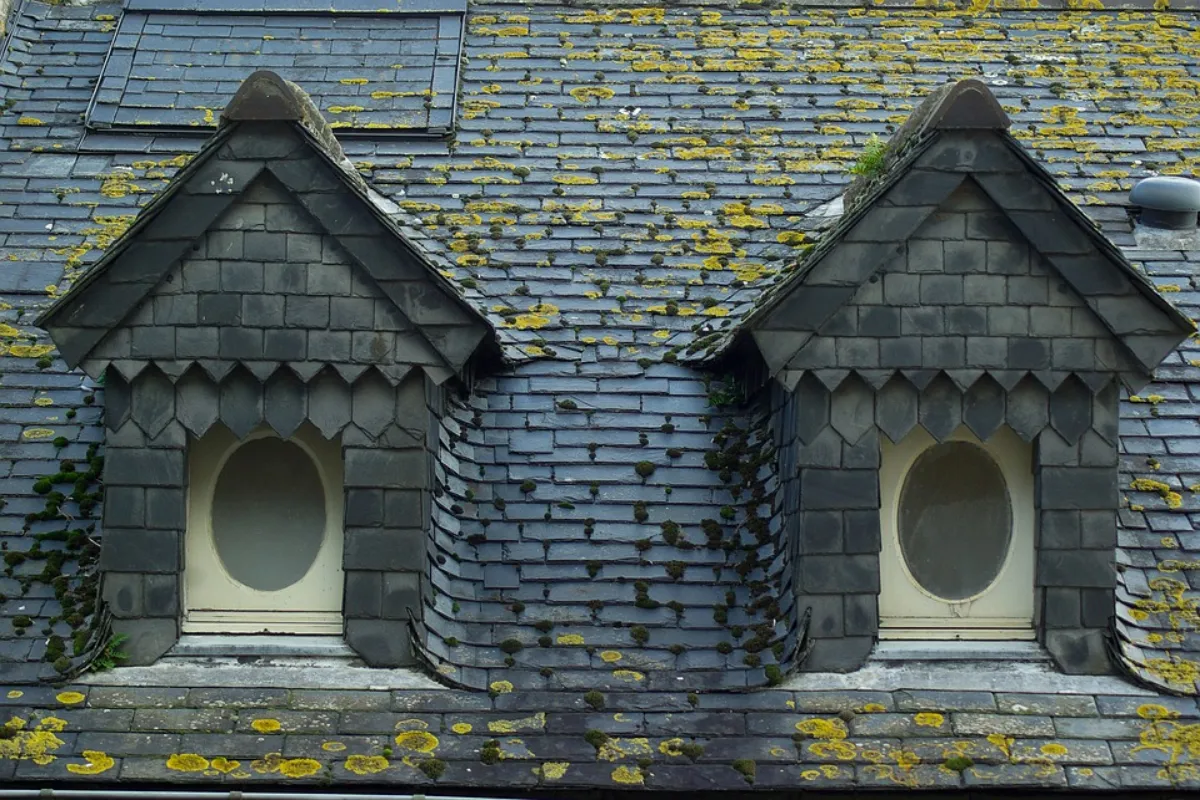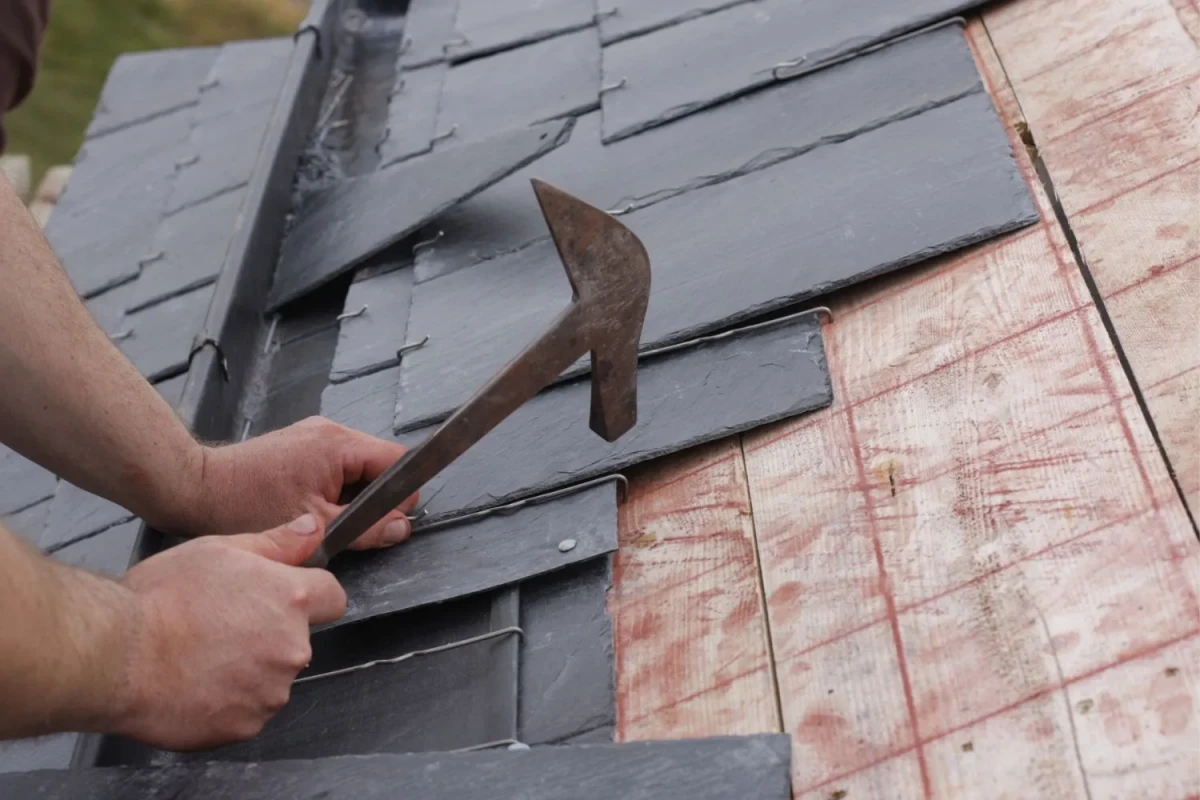What is the Architectural Style of the Roof on my Home?
Understanding the architectural style of your home’s roof is not just about aesthetics; it’s about recognizing the roof’s role in energy efficiency, weather resistance, and overall home protection. The roof style can significantly impact the home’s character, functionality, and even its integration with the surrounding environment. Among the various roofing materials, slate stands out for its durability, beauty, and timeless appeal. Let’s delve into common roof styles and see how a slate roof can be a perfect match.
Gable Roofs
Gable roofs, characterized by their triangular shape, are among the most common roof types. They offer excellent water shedding capabilities and allow for more attic ventilation. While gable roofs can be susceptible to wind damage, choosing durable materials like slate can enhance their longevity and resistance. Slate’s natural weight and strength make it an ideal choice for gable roofs, adding a layer of wind resistance that lighter materials cannot offer.
Hip Roofs
Hip roofs have slopes on all four sides that converge at the top, creating a stable and sturdy structure ideal for high wind and snowy regions. The complexity of hip roofs can be more costly due to the need for additional materials. However, the investment in a slate hip roof pays off in terms of durability, weather resistance, and aesthetic appeal. Slate tiles on a hip roof contribute to a classic, elegant look while providing unmatched longevity.
Mansard Roofs
Mansard roofs feature a double slope on each side, creating additional living space and flexibility for future home additions. Although not ideal for heavy snowfall areas, mansard roofs can greatly benefit from the aesthetic versatility of slate. Slate tiles can be cut to fit the unique angles and slopes of a mansard roof, enhancing its architectural beauty and increasing the home’s value.
Gambrel Roofs
Reminiscent of barn roofs, gambrel roofs have two distinct slopes on each side. This style is common in Dutch Colonial and Georgian homes. While gambrel roofs are not suited for extreme wind or snow, the use of slate can minimize maintenance needs and add a touch of elegance to this rustic roof style.
Jerkinhead Roofs
Combining elements of gable and hip roofs, jerkinhead roofs offer enhanced wind resistance and a unique architectural look. Slate roofing can complement the distinctive style of jerkinhead roofs, providing a durable, weather-resistant surface that adds to the home’s visual appeal.
Skillion Roofs
Skillion roofs, or shed roofs, have a single, sloping surface. They’re commonly used for additions, porches, and modern home designs. Though not ideal for high wind areas, skillion roofs can be enhanced with slate tiles. Slate adds texture, color, and durability to the structure.
Butterfly Roofs
Butterfly roofs are v-shaped, designed for environmental efficiency with opportunities for water collection and natural light. Slate roofing on a butterfly roof can ensure the home remains watertight while adding a durable, stylish surface that complements the roof’s eco-friendly design.
Saltbox Roofs
With their asymmetrical design, saltbox roofs handle heavy rains well, making them suitable for various climates. Slate’s water-resistant properties make it an excellent choice for saltbox roofs, offering durability and a classic look that enhances the home’s historical or colonial charm.
Identifying your roof’s architectural style is crucial. It’s the first step in protecting and enhancing your home. Slate roofing offers durability, beauty, and timeless elegance. These qualities can complement any roof style. Whether you’re upgrading or selecting materials, consider slate’s ability to elevate architectural style. Ensure your home remains beautiful and well-protected for generations.
2024-03-21





